What do you believe are the benefits of being enrolled in a block class, from a student’s viewpoint?
Well, in my opinion, I think the best thing about block is the consistency. What I mean about that is that you go to the same period everyday at the same time versus the normal block schedule where you go to a class every other day. The other thing I really like about block is by seeing the students everyday, you get to know them a little bit better than you do in a class that meets every other day. I think that block definitely is an important class, because the goal of it is to show how the history of the time period is reflected in the literature being produced. You can really see the impacts and the influence of history on the pieces of literature being produced at that time. I think the kids sort of can appreciate that.
What issues do teachers encounter when teaching a larger amount of students?
Discipline can be an issue, because when you have that many students in a room, little side conversations can be a problem. But, there are just little organizational kinds of issues. Taking attendance everyday takes a little bit longer. Handing out quizzes, it just takes more time. It’s hard to spread out and do a project in a room because you’ve got (57) kids in a room, so what we have done at times is we spill over into other classrooms. The kids can spread out and actually work together, without being almost on top of one another.
What do teachers, including yourself, do to address the larger amount of students being taught?
You’ve got be a little more creative in some of the in-class activities that you do. You’ve got to be flexible and realize that some activities are not (going to) work, while other activities do work. You’ve got 57 kids and (when) we go to a computer lab, the truth of the matter is that not everybody is going to have a computer. You ask yourself: “Does everybody need a computer? Is there a way to have students work together and not have all of that support structure, but still accomplish what you want to accomplish?” You have to be flexible and more creative about it and there’s nothing wrong with that, (but) it really requires you to think outside of the box.
What problems are teachers faced with when teaching a larger amount of students?
Well, it is hard to get to know students on a personal level. Things like memorizing names seems like a simple task to most people, but it’s not when you have 160 kids that come every day or every other day; it’s hard to treat a student as an individual versus a number. I hate to say it, but there are times when you sort of feel like there is an assembly line of students coming in front of you, and I don’t want that. I don’t want to be an assembly line cookie-cutter teacher. Every individual student is important and they want to be treated individually, not as a mass and it’s hard to do that. In social studies, we read essays (and) when you are reading 57 essays it takes an enormous amount of time, and that’s usually on top of what we do in and out of the classroom. That usually happens outside of school time. What about your family? What about getting them to to their various activities, dinner, church and volunteering? Then, on top of that, you have essays, and certain essays will take hours upon hours, upon hours. Students want immediate feedback (and) I understand that, but it’s hard to do that when you are reading 160 essays over a three day period. It’s very hard to do that.
How would you describe the difference in the teacher workload in a class of 25 students vs. a class of 50 to 60 students?
I do something in my room called a “student notebook.” This is something that students will turn into me (made up of) their collected work . Lets just say, 25 students versus 33 students. If you sat down, and each notebook takes you five minutes, which they don’t, very quickly you add up the amount of time. The difference between 25 and 33; it’s almost another hour of time in certain cases. They never take five minutes, they can take ten minutes. Even though you are talking about a difference between eight notebooks, if they took five minutes, that’s (already) 40 minutes. That’s a lot of time on top all the other things you do as a teacher. The theory on block is that there is two teachers in the room, so you can have 60+ students in the room. But I would say, in practice, you have to be very careful on giving assignments, collecting certain assignments and how you do it. In the block class, it is not going to be uncommon for me to collect half of the class one day and half the other day, simply because of time.










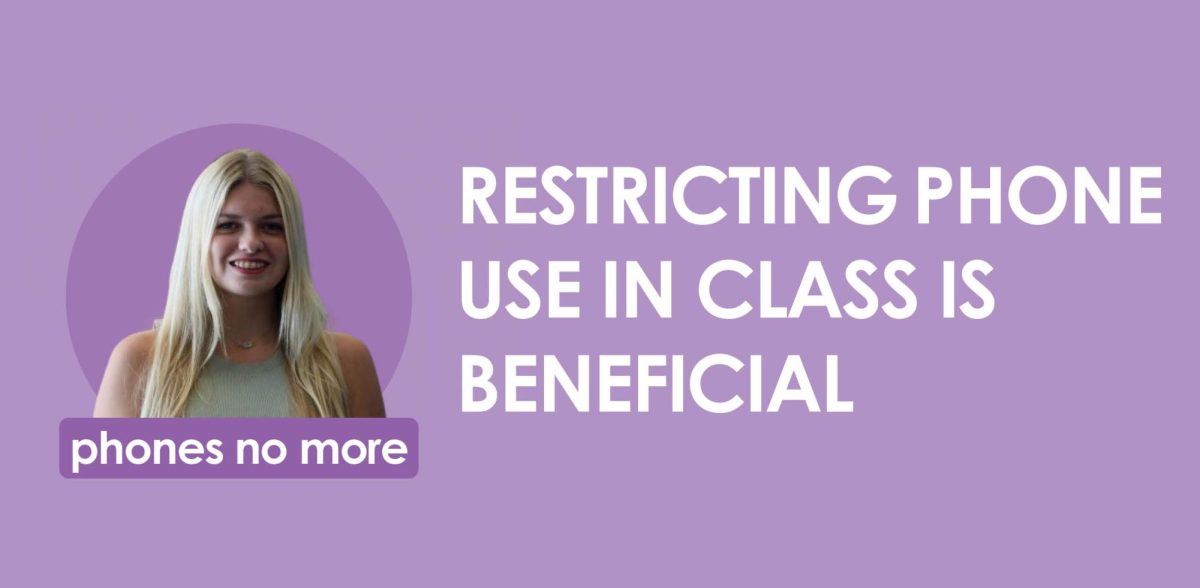
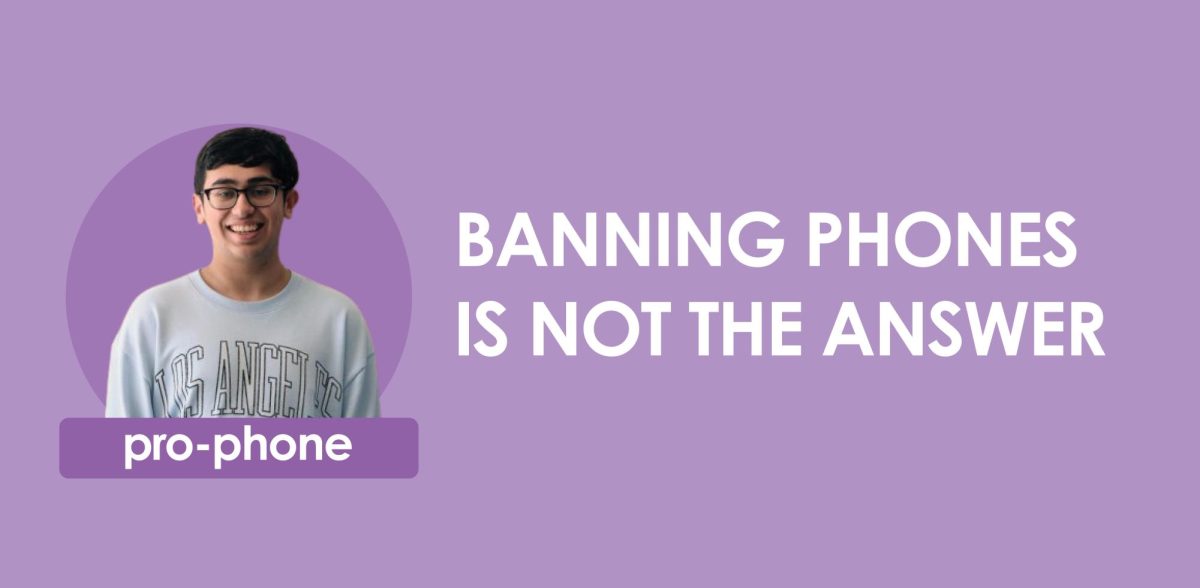
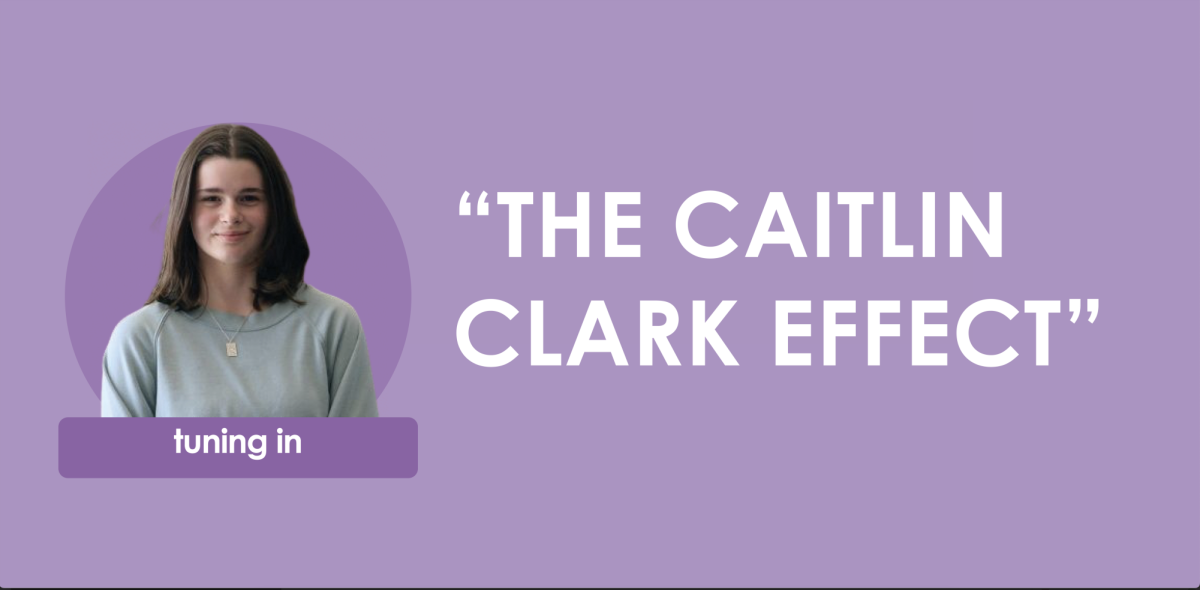




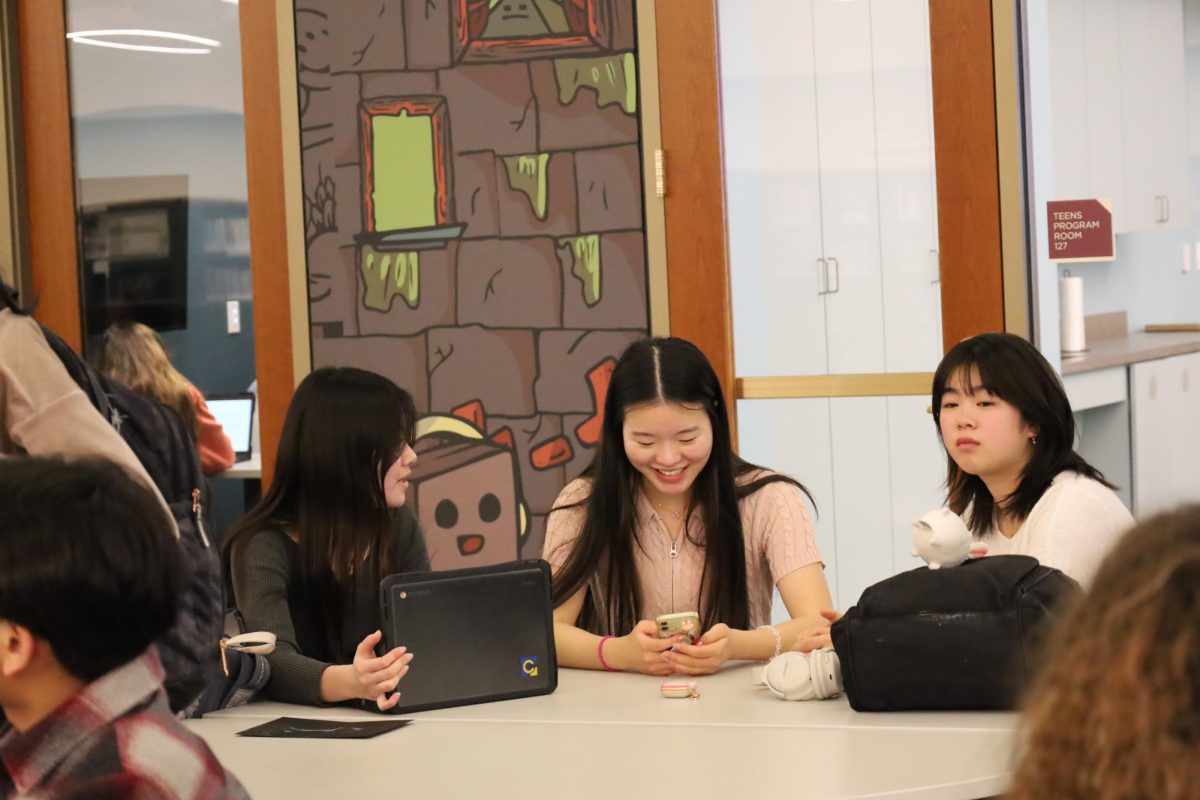



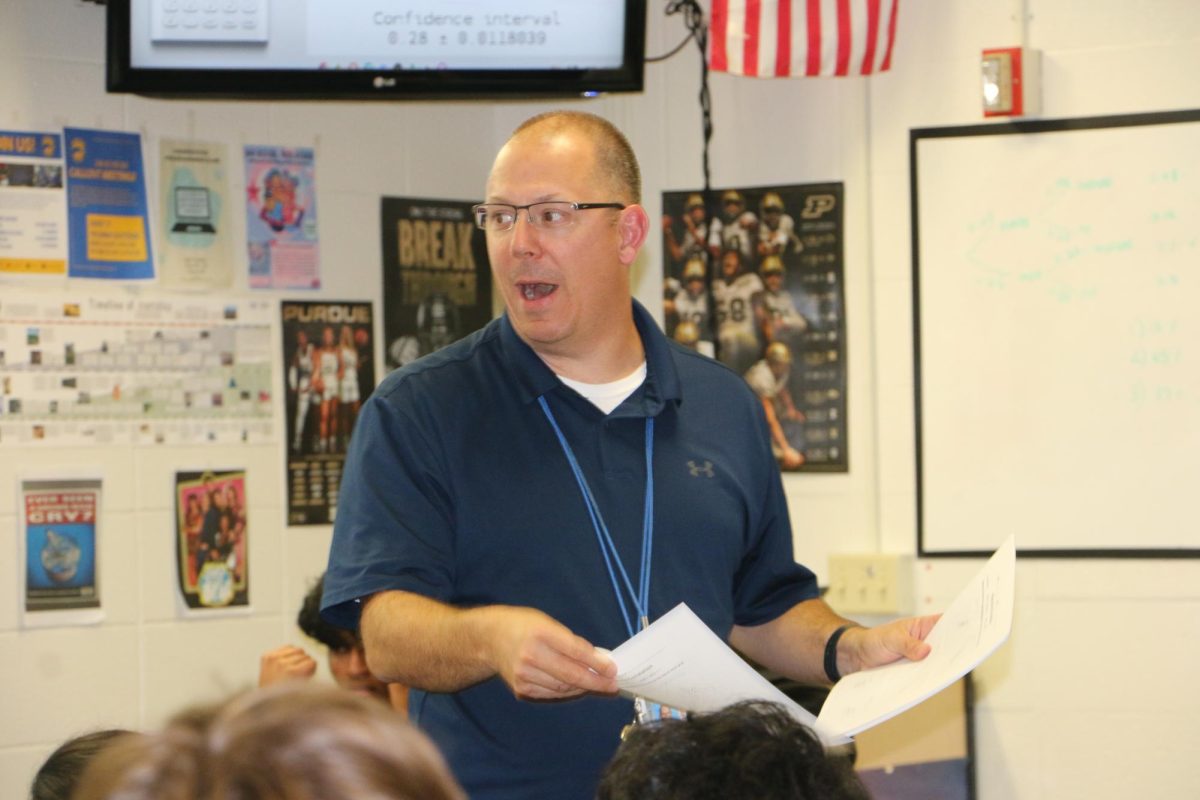



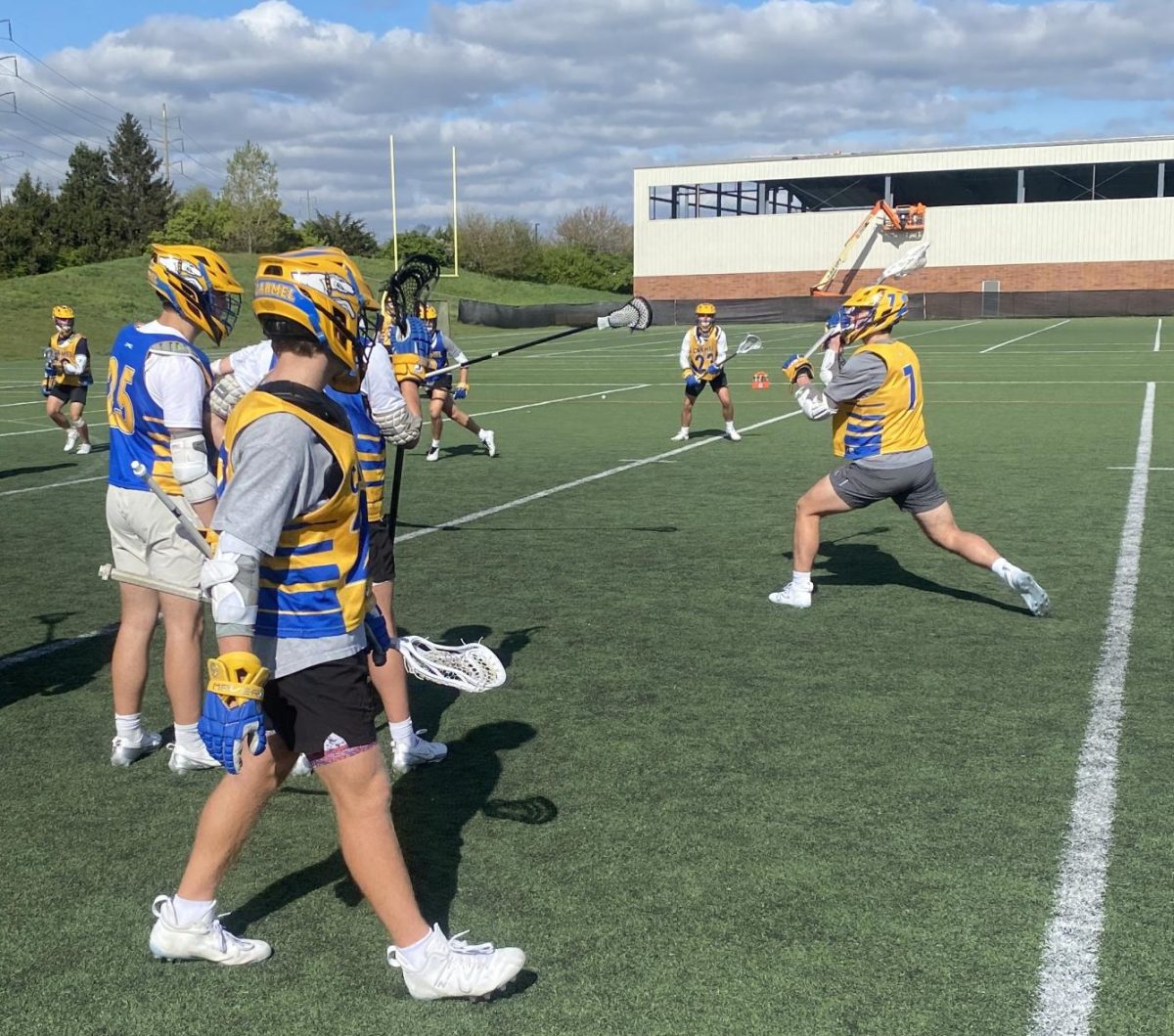




![Family vlogger controversy, need for content reform [opinion]](https://hilite.org/wp-content/uploads/2024/05/Screenshot-2024-05-14-11.33.37-AM-1200x465.png)





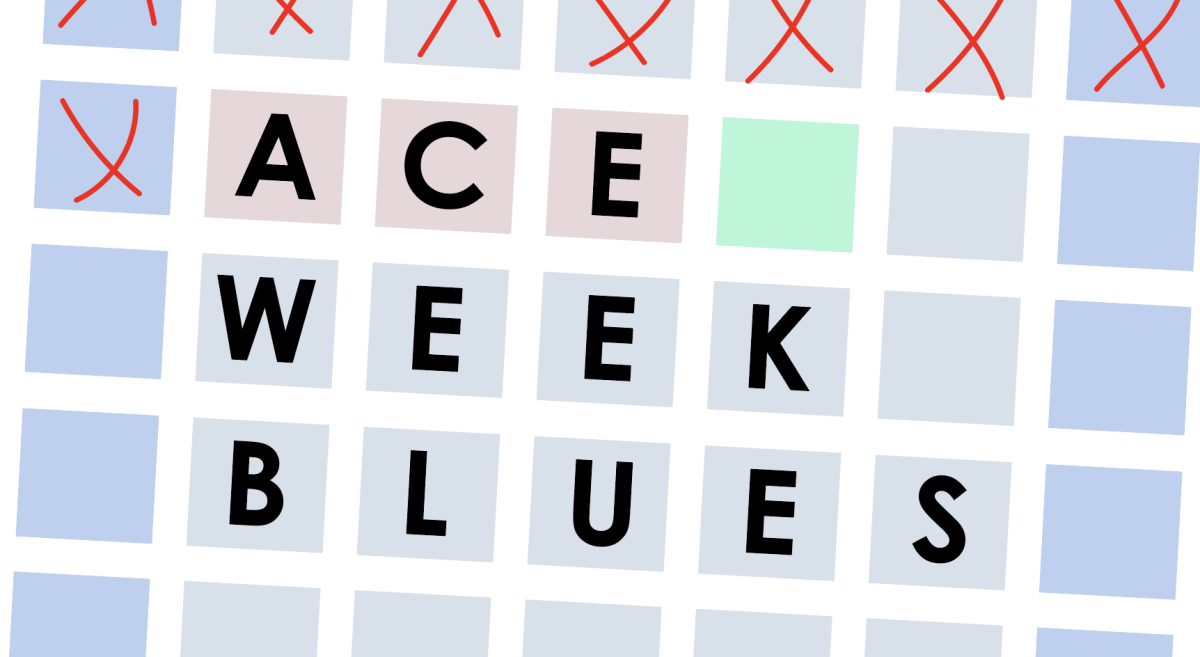
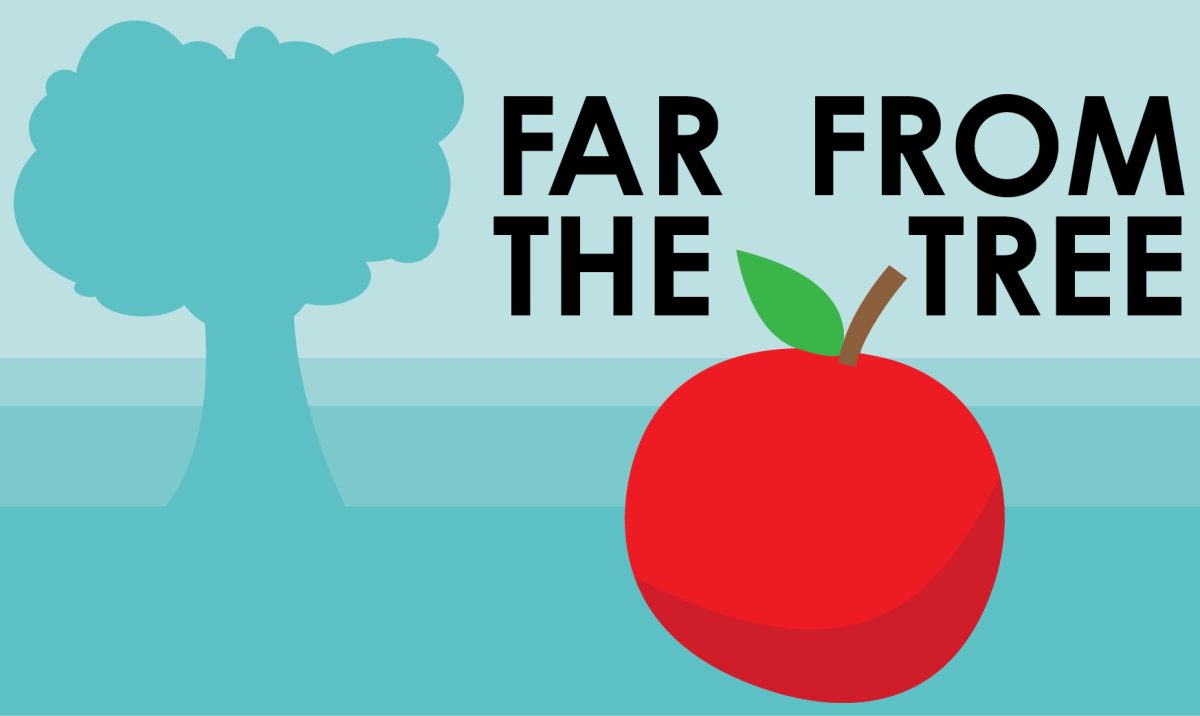


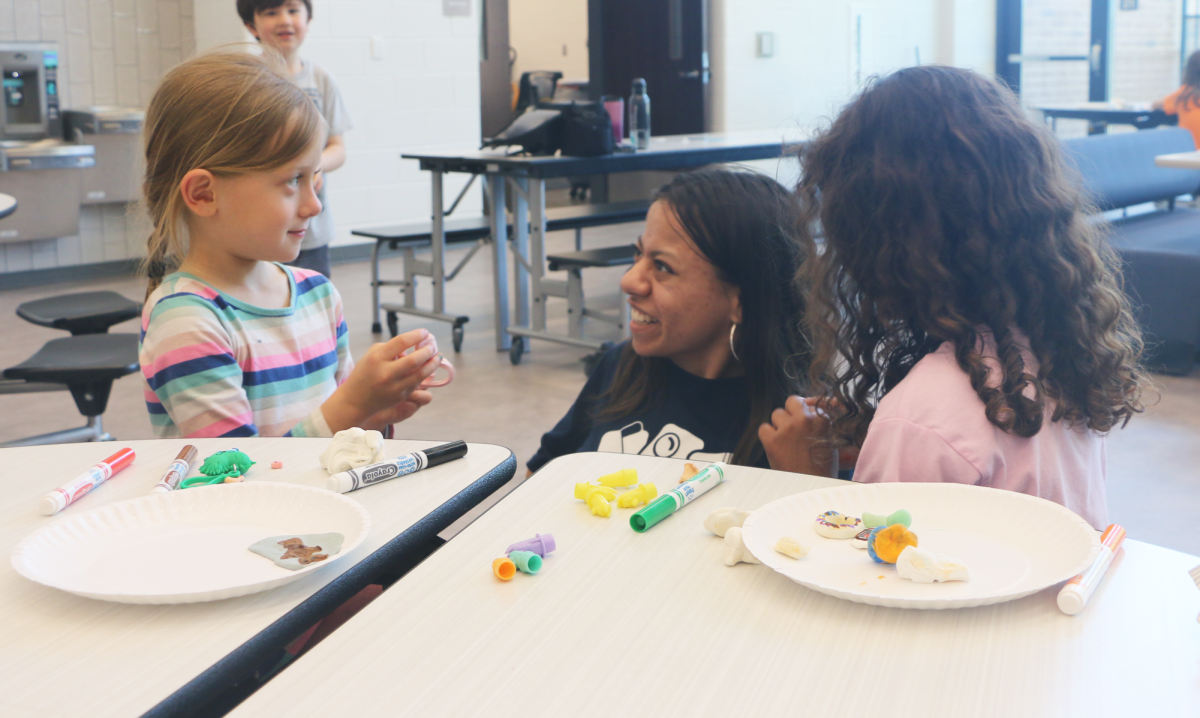














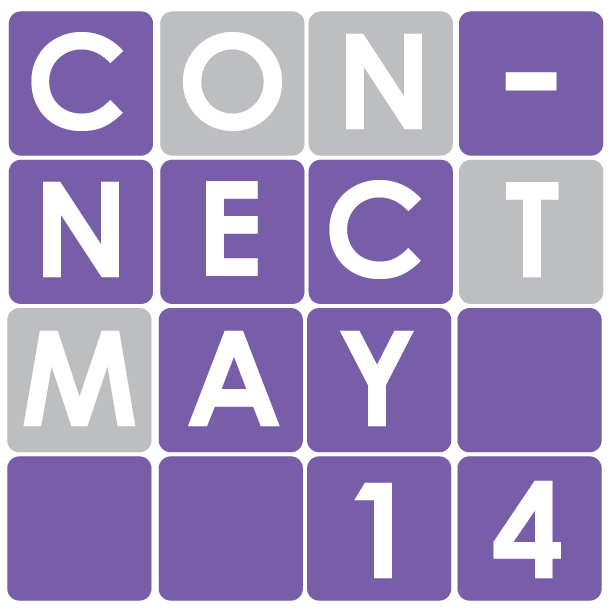
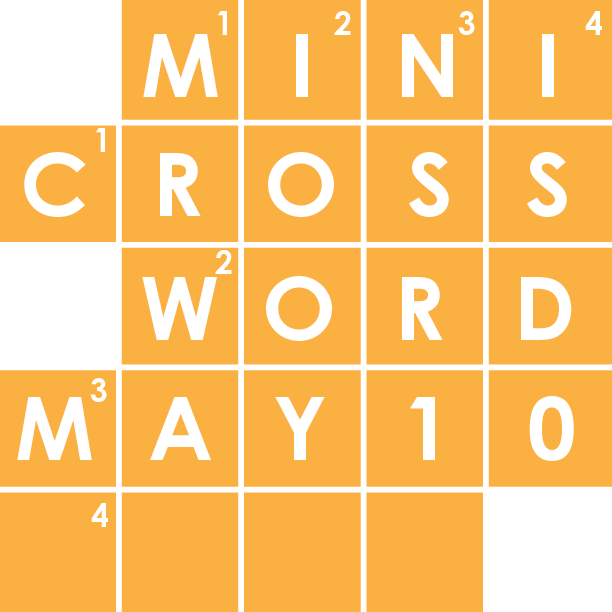

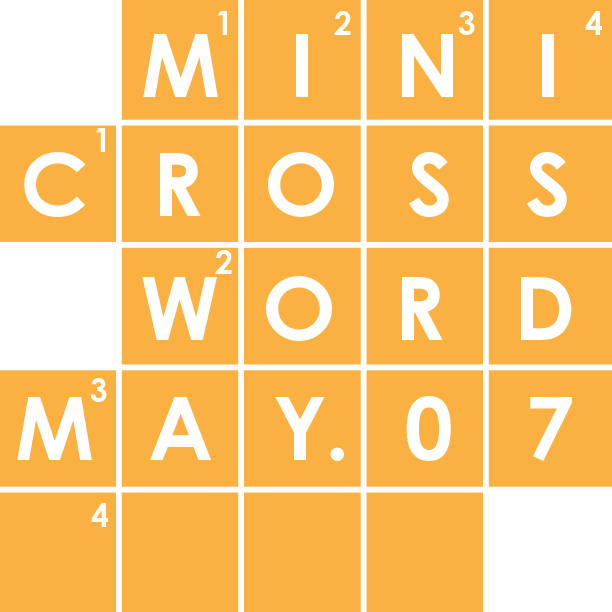
![Review: Taylor Swift’s new album The Tortured Poets Department is not her best work but is still a brilliant album [MUSE]](https://hilite.org/wp-content/uploads/2024/05/The-Anthology_Cover-1200x675.webp)
![Review: Challengers does it all [MUSE]](https://hilite.org/wp-content/uploads/2024/05/challengers-poster-1200x600.png)
![Review: A House of Flame and Shadow by Sarah J. Maas was a disappointing read [MUSE]](https://hilite.org/wp-content/uploads/2024/05/house-of-flame-and-shadow-feature.png)
![Review: Conan Gray’s new album, “Found Heaven”, is a refreshing twist on modern music [MUSE]](https://hilite.org/wp-content/uploads/2024/05/Screenshot-2023-10-31-at-16.01.05.webp)
![Review: “Bodies, Bodies, Bodies” is the quintessential Gen-Z movie [MUSE]](https://hilite.org/wp-content/uploads/2024/05/Screenshot-2024-05-15-140618.png)
![Review in Print: Maripaz Villar brings a delightfully unique style to the world of WEBTOON [MUSE]](https://hilite.org/wp-content/uploads/2023/12/maripazcover-1200x960.jpg)
![Review: “The Sword of Kaigen” is a masterpiece [MUSE]](https://hilite.org/wp-content/uploads/2023/11/Screenshot-2023-11-26-201051.png)
![Review: Gateron Oil Kings, great linear switches, okay price [MUSE]](https://hilite.org/wp-content/uploads/2023/11/Screenshot-2023-11-26-200553.png)
![Review: “A Haunting in Venice” is a significant improvement from other Agatha Christie adaptations [MUSE]](https://hilite.org/wp-content/uploads/2023/11/e7ee2938a6d422669771bce6d8088521.jpg)
![Review: A Thanksgiving story from elementary school, still just as interesting [MUSE]](https://hilite.org/wp-content/uploads/2023/11/Screenshot-2023-11-26-195514-987x1200.png)
![Review: When I Fly Towards You, cute, uplifting youth drama [MUSE]](https://hilite.org/wp-content/uploads/2023/09/When-I-Fly-Towards-You-Chinese-drama.png)
![Postcards from Muse: Hawaii Travel Diary [MUSE]](https://hilite.org/wp-content/uploads/2023/09/My-project-1-1200x1200.jpg)
![Review: Ladybug & Cat Noir: The Movie, departure from original show [MUSE]](https://hilite.org/wp-content/uploads/2023/09/Ladybug__Cat_Noir_-_The_Movie_poster.jpg)
![Review in Print: Hidden Love is the cute, uplifting drama everyone needs [MUSE]](https://hilite.org/wp-content/uploads/2023/09/hiddenlovecover-e1693597208225-1030x1200.png)
![Review in Print: Heartstopper is the heartwarming queer romance we all need [MUSE]](https://hilite.org/wp-content/uploads/2023/08/museheartstoppercover-1200x654.png)






















![Review: “Ginny & Georgia” is a dramatic and poorly made emotional rollercoaster–and I loved it anyway [MUSE]](https://hilite.org/wp-content/uploads/2024/03/ginny-and-georgia-season2-main-be37bbb9487a41e88b3f66c3baacd5c3-300x177.jpg)
![Review: Witch Hat Atelier is a masterpiece in art and world-building, but the story has only begun [MUSE]](https://hilite.org/wp-content/uploads/2024/01/unnamed-211x300.png)
![Review: “Mysterious Lotus Casebook” is an amazing historical Chinese drama [MUSE]](https://hilite.org/wp-content/uploads/2024/03/0-300x170.webp)
![Review: “A Little Life” by Hanya Yanagihara is the epitome of a heartwrenching masterpiece [MUSE]](https://hilite.org/wp-content/uploads/2024/01/unnamed-5-300x200.png)


